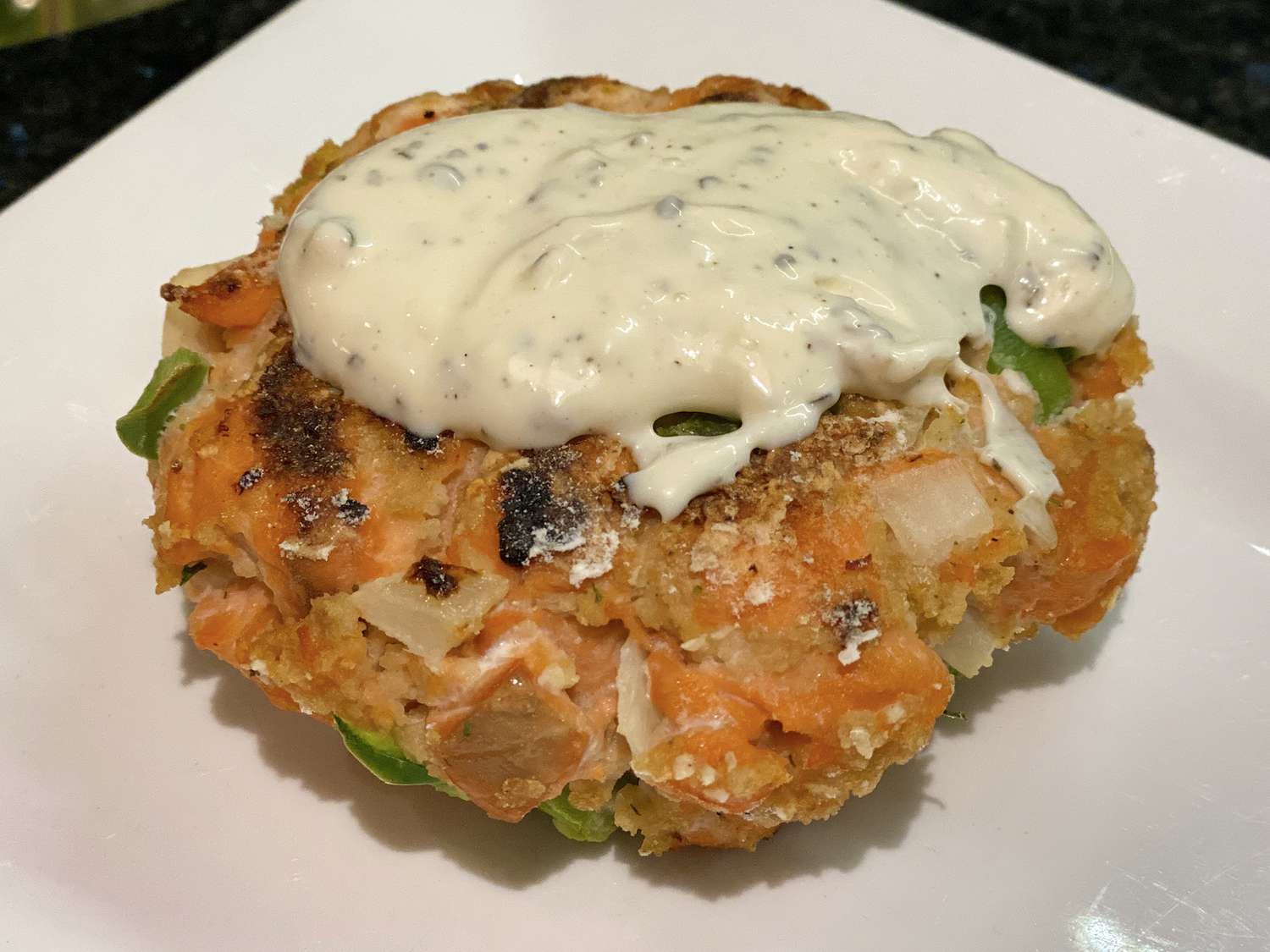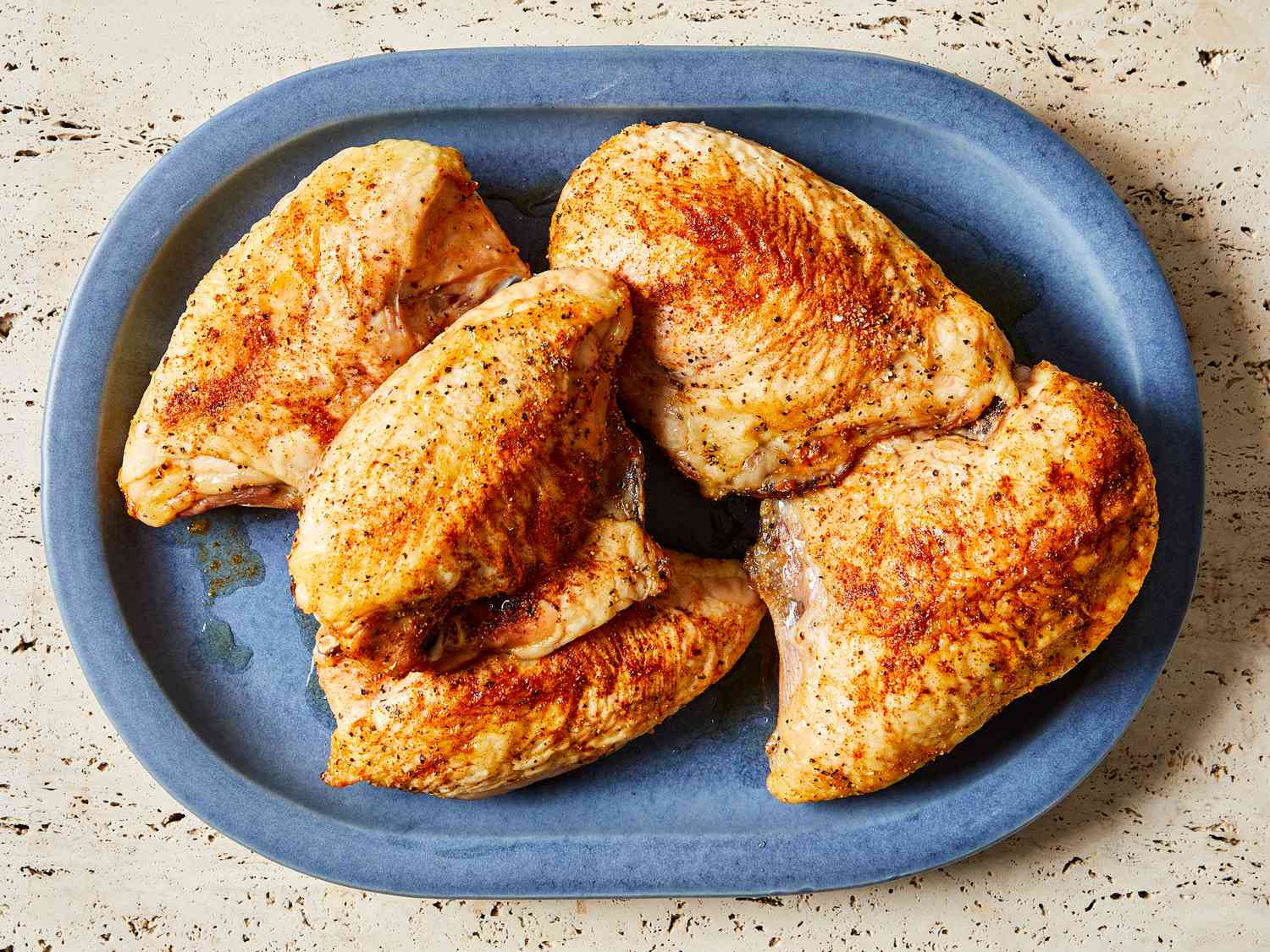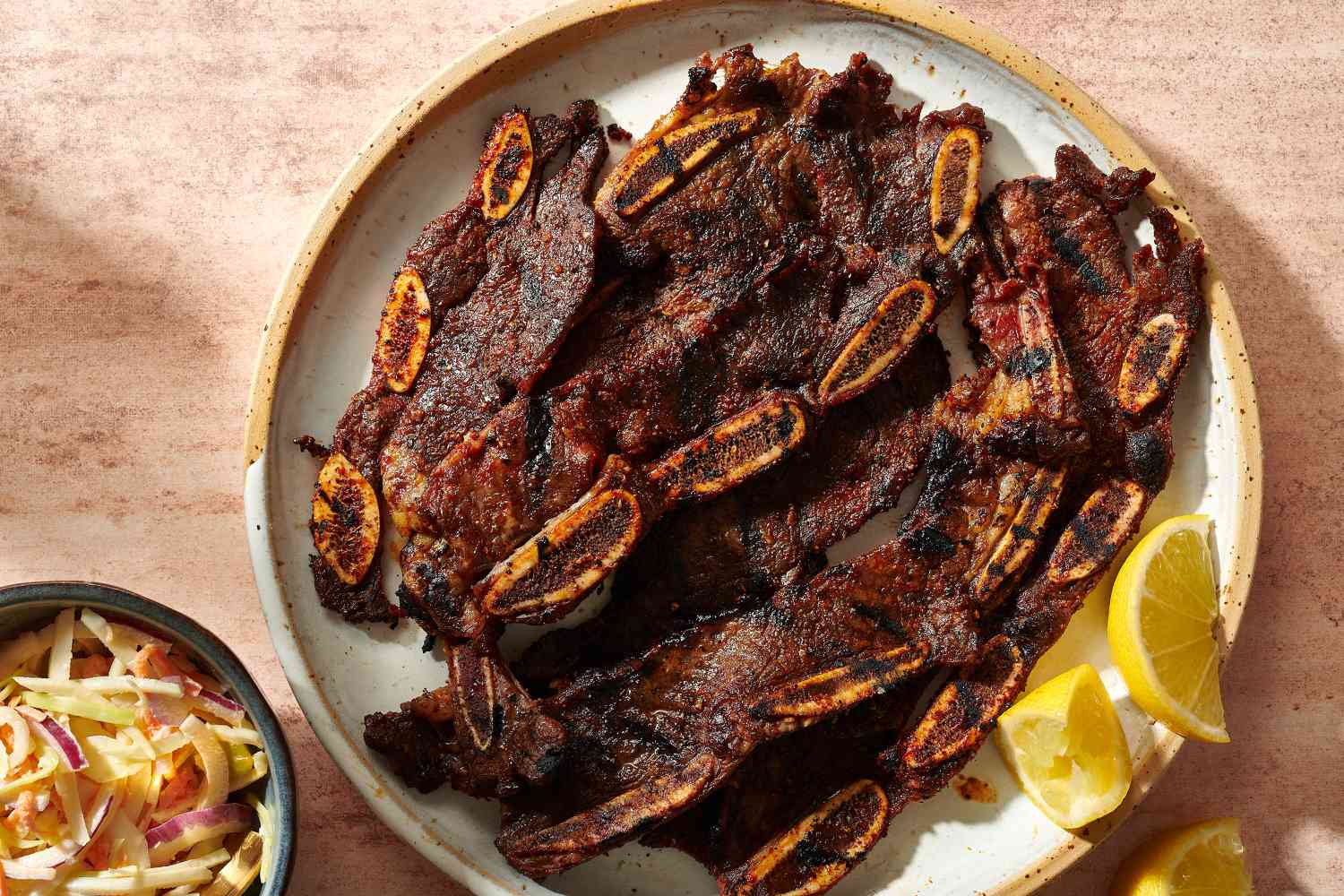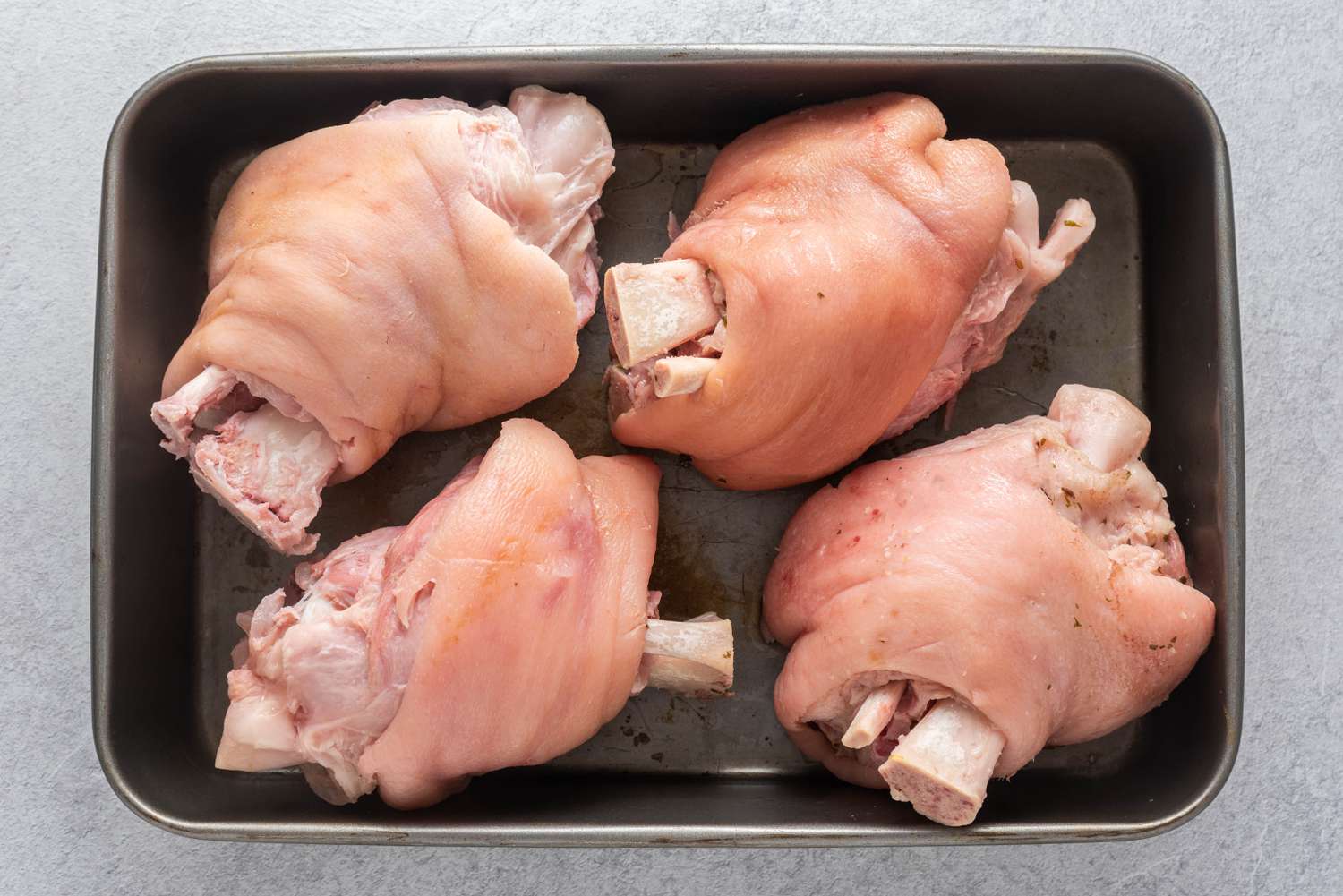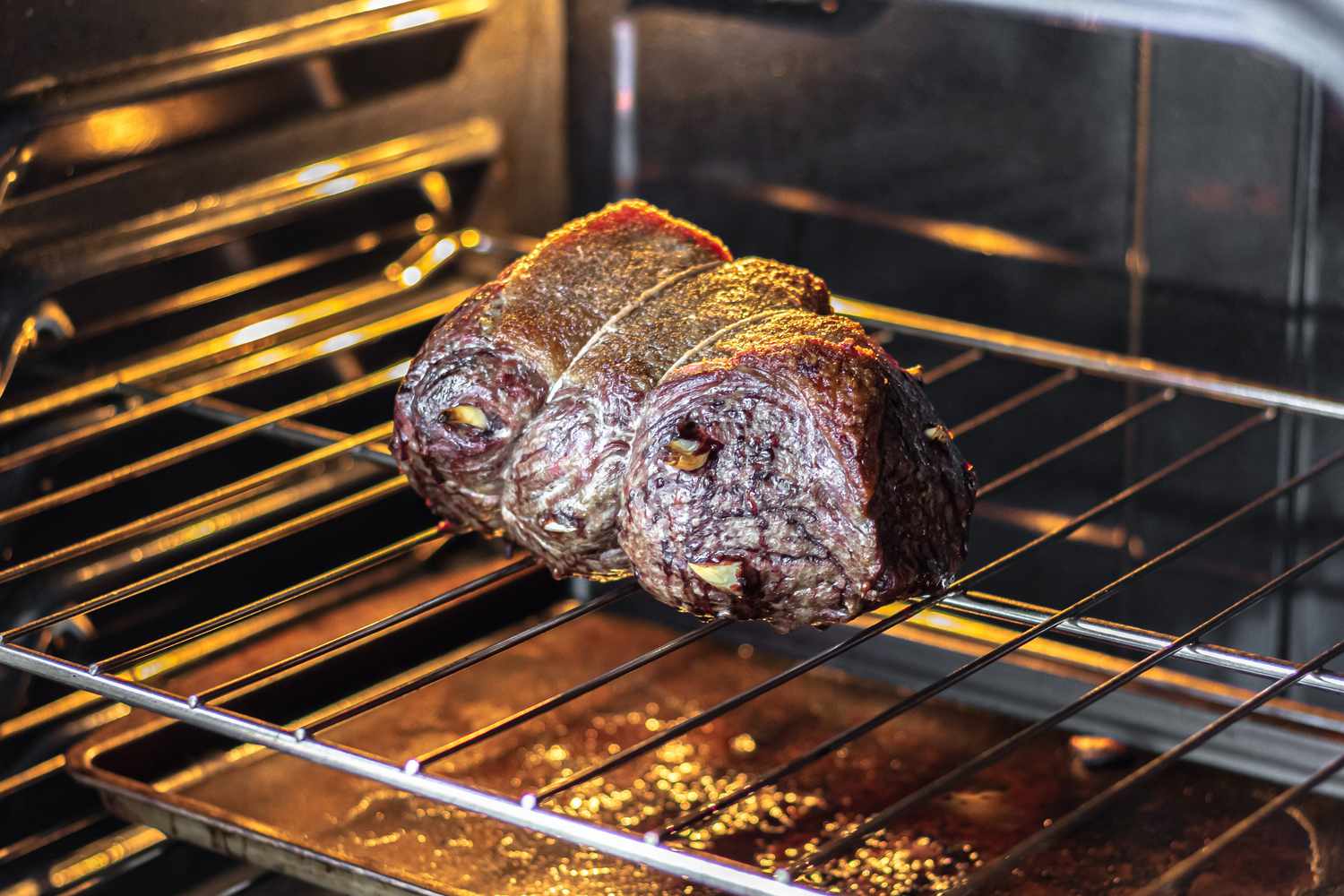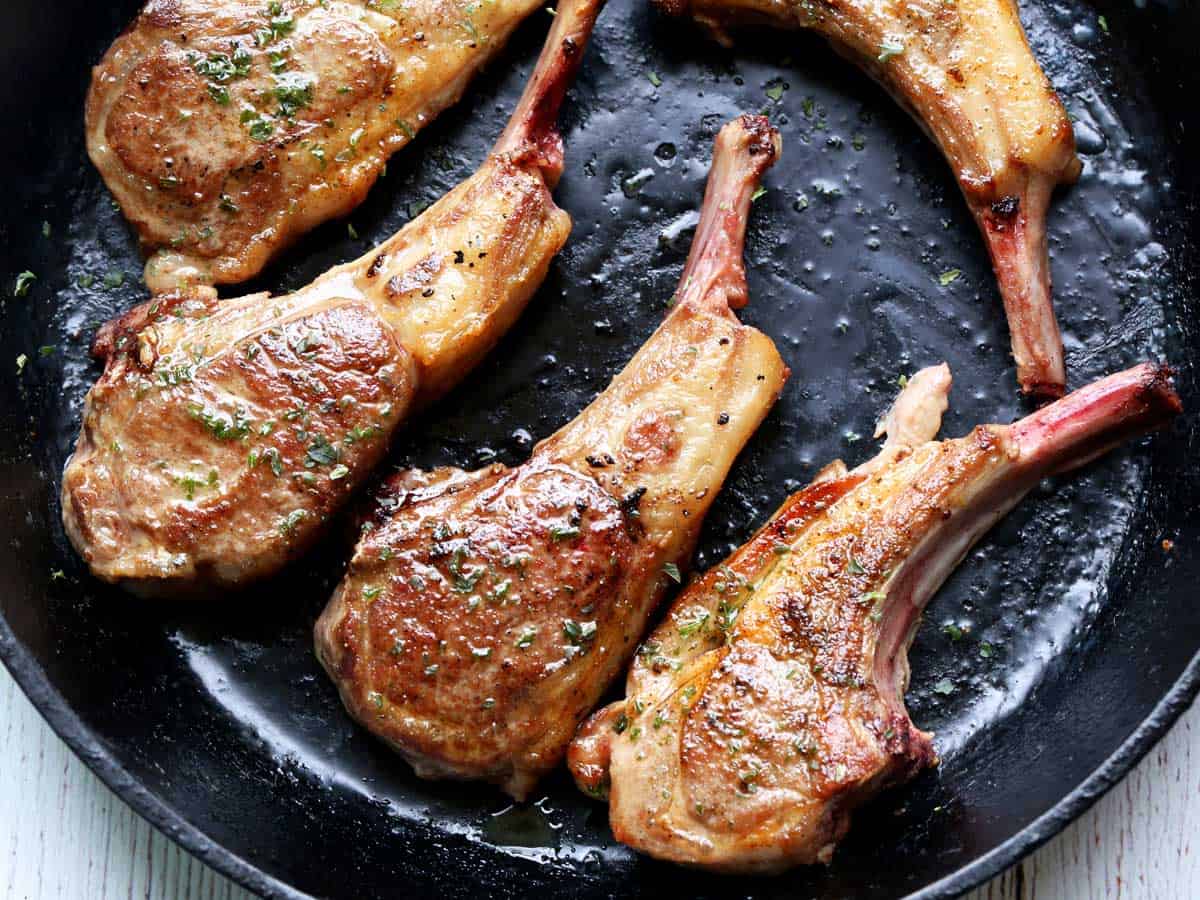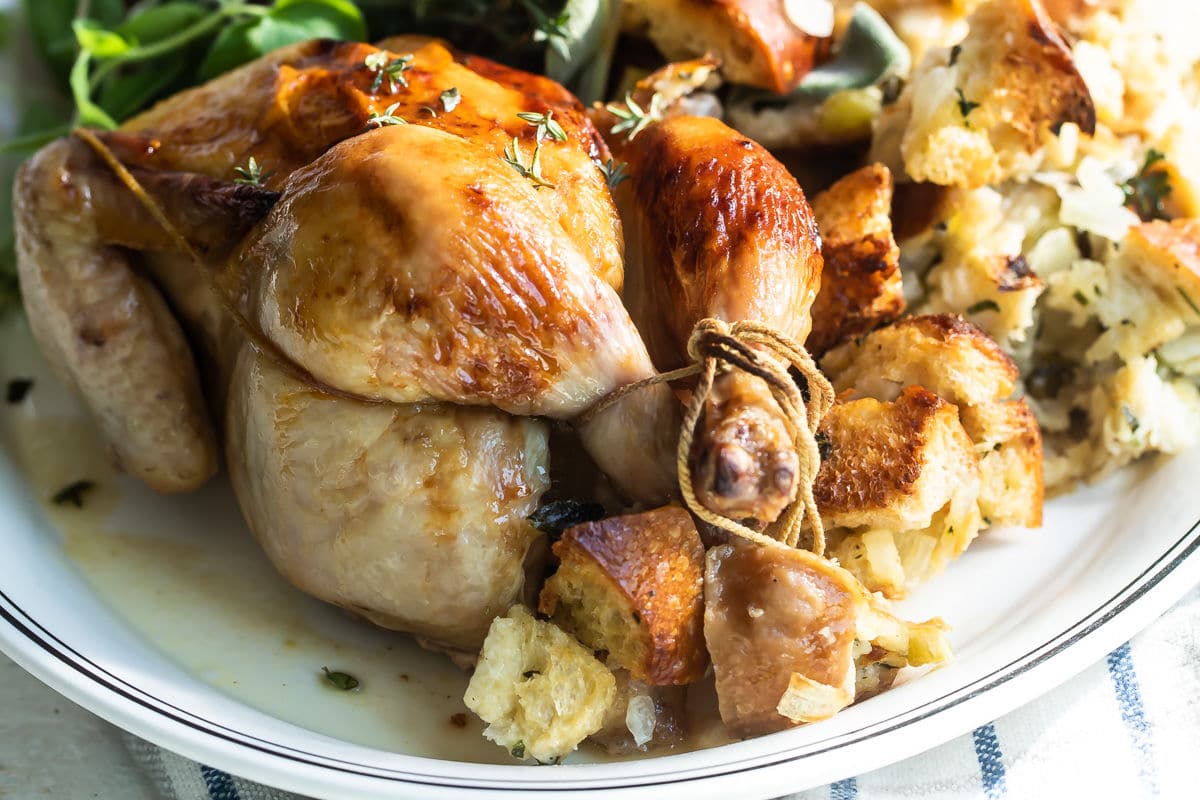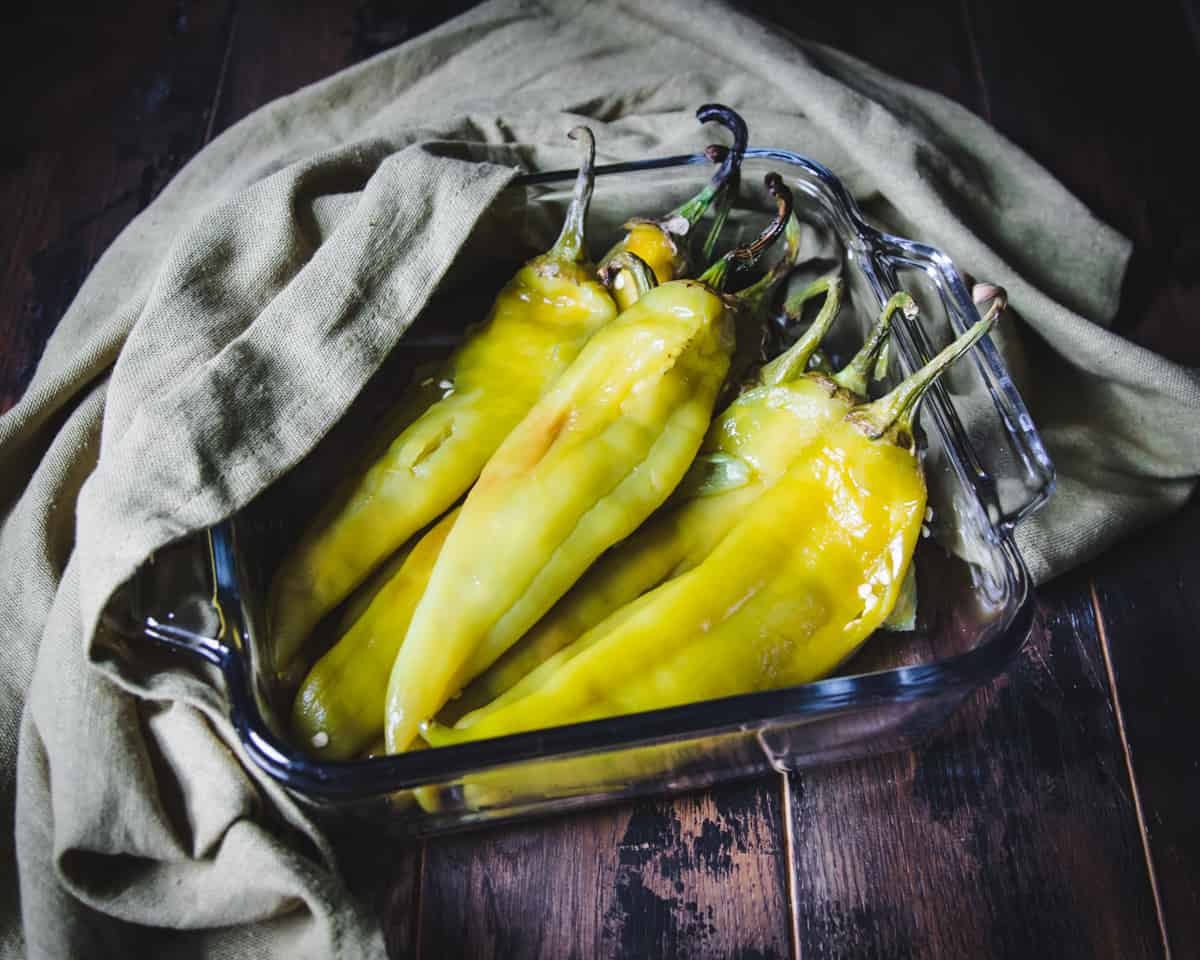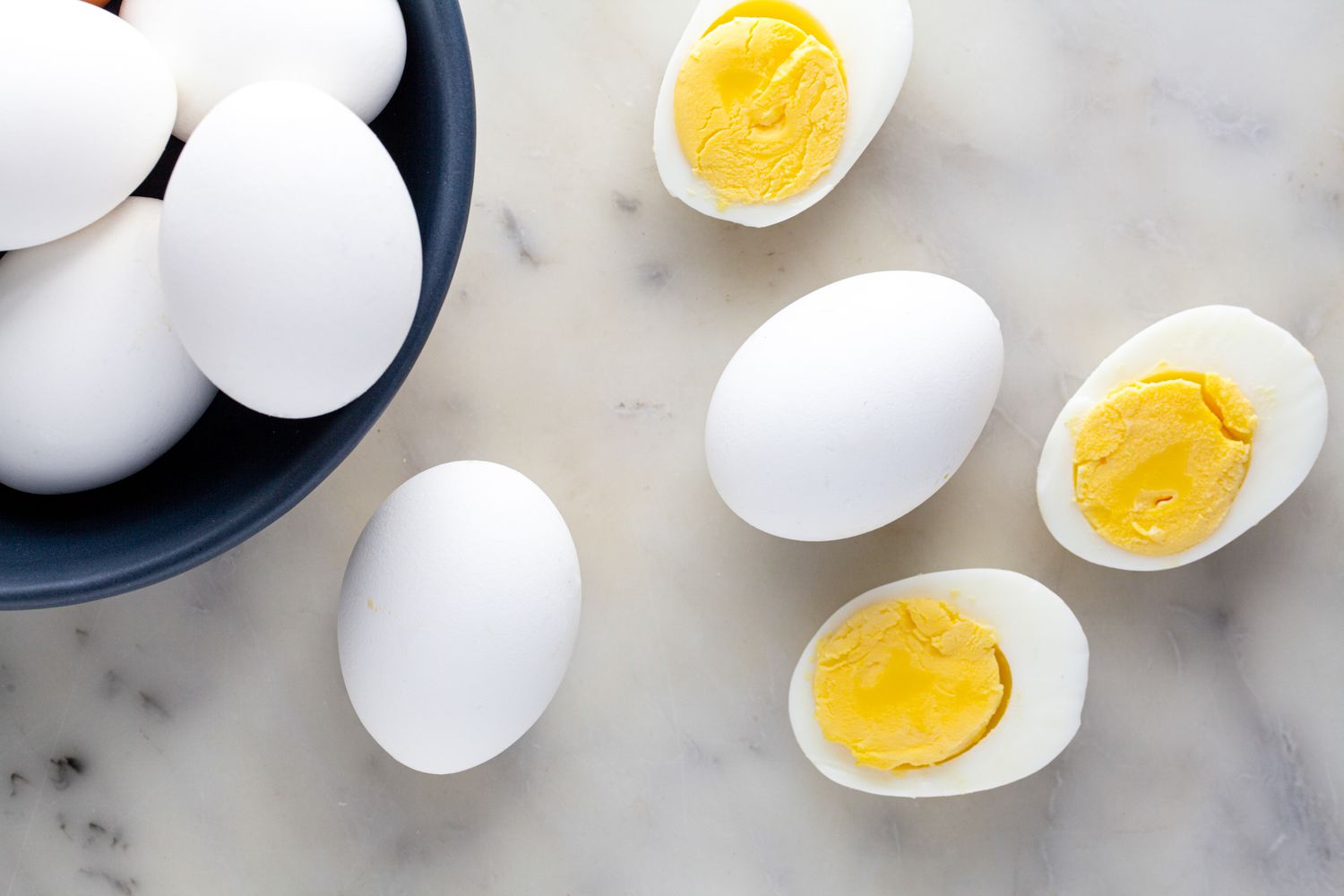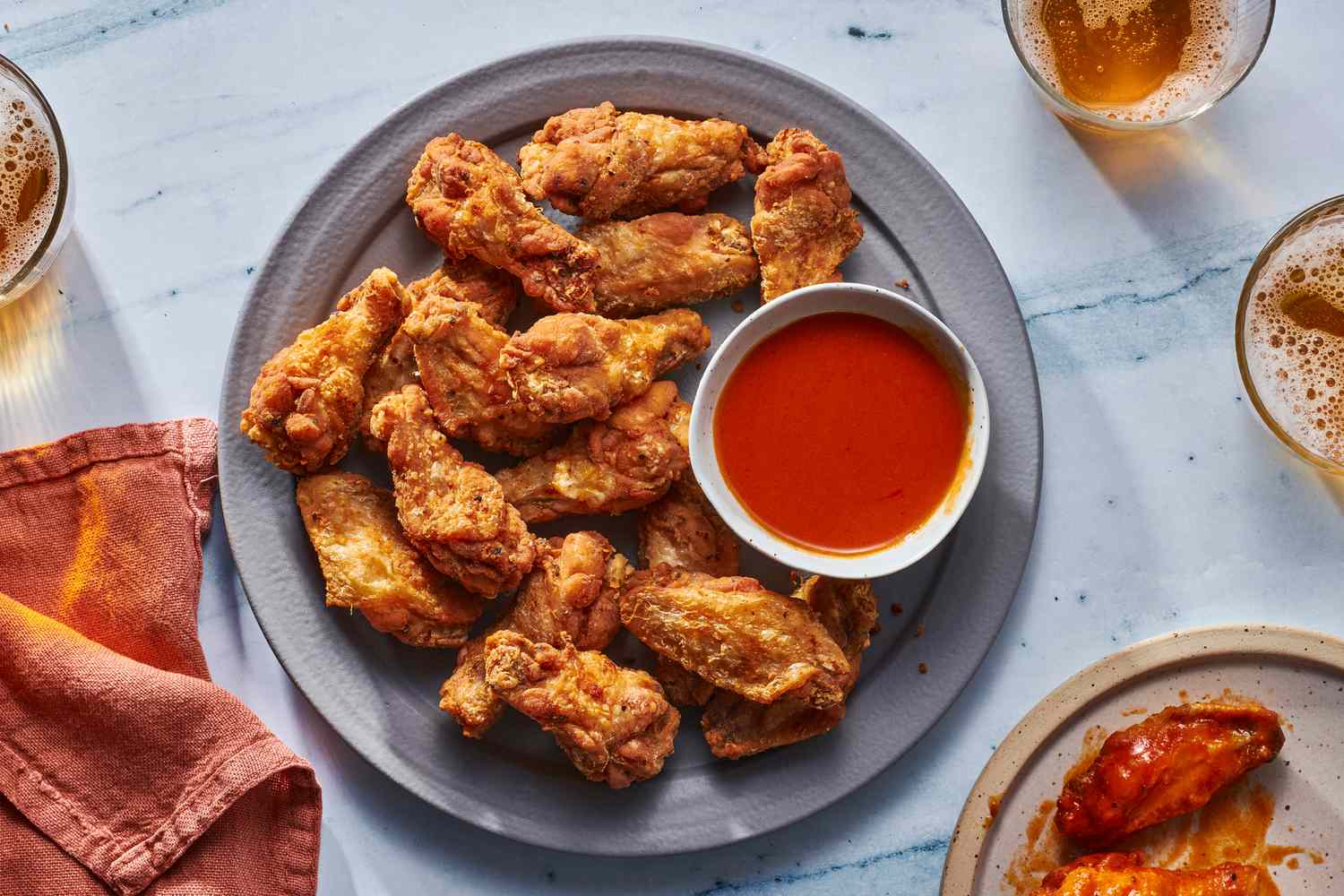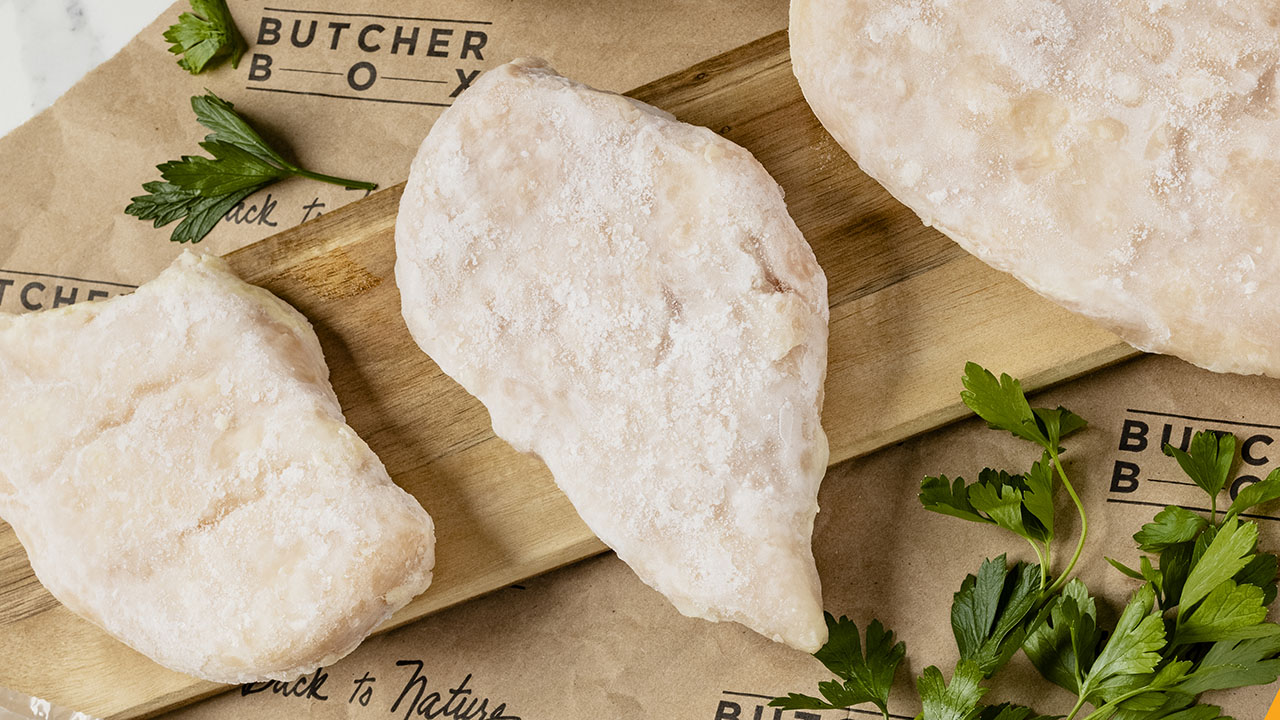Master the Art of Cooking a Moist and Flavorful Turkey in a Bag
Gathering with loved ones during the holiday season often revolves around a deliciously cooked turkey taking center stage on the dining table. While there are various ways to prepare a turkey, cooking it in a bag is a tried and true method that ensures a moist and flavorful outcome. So, if you’re ready to impress your guests with a perfectly cooked turkey, here’s a step-by-step guide to help you master the art of cooking a turkey in a bag.
Why Cook a Turkey in a Bag?
Cooking a turkey in a bag offers several advantages:
- Moisture retention: The bag acts as a seal, trapping in the natural juices of the turkey, resulting in a moist and tender final product.
- Reduced cooking time: By cooking the turkey in a bag, the enclosed environment allows for faster and more even cooking.
- Flavor infusion: As the turkey cooks in its juices, the flavors intensify, enhancing the overall taste and succulence.
- Ease of cleanup: The bag not only keeps your turkey moist but also prevents any messy drippings from spreading throughout the oven, making cleanup a breeze.
Step-by-Step Guide to Cooking a Turkey in a Bag
Follow these simple steps to achieve a perfectly cooked turkey:
- Preparation:
- Thaw your turkey completely if using a frozen one. This can be done by placing it in the refrigerator for a few days.
- Preheat your oven to the recommended temperature.
- Prepare your turkey by removing the giblets and rinsing it thoroughly under cold water.
- Season the turkey with your desired herbs, spices, and a generous amount of salt and pepper.
- Bagging the turkey:
- Choose a food-grade oven bag large enough to accommodate your turkey.
- Liberally sprinkle flour or cornstarch inside the bag to prevent it from bursting during cooking.
- Place the turkey inside the bag, breast side up, and gather the bag loosely around it, leaving enough space for air to circulate.
- Securely tie the bag with the provided twist tie, leaving a small opening for steam to escape.
- Cooking:
- Place the bagged turkey on a roasting rack inside a deep roasting pan.
- Insert a meat thermometer into the thickest part of the turkey’s thigh, ensuring it doesn’t touch the bone.
- Transfer the pan to the preheated oven and allow the turkey to cook according to the recommended cooking time per pound.
- Checking for doneness:
- Using oven mitts, carefully remove the turkey from the oven once the thermometer reads the recommended internal temperature (usually around 165°F or 74°C).
- Let the turkey rest inside the bag for about 15-20 minutes to allow the juices to redistribute.
- Serving:
- Cut the bag open and transfer the turkey to a serving platter.
- Reserve the flavorful juices inside the bag to make a luscious gravy.
- Slice and serve the turkey alongside your favorite side dishes and enjoy!
Remember, cooking a turkey in a bag not only simplifies the process but also ensures a deliciously moist and flavorful outcome. So, this holiday season, give this cooking method a try and savor the joy of sharing a perfectly cooked turkey with your loved ones.
Was this page helpful?
Read Next: How To Cook Pork Spare Ribs In Instant Pot
